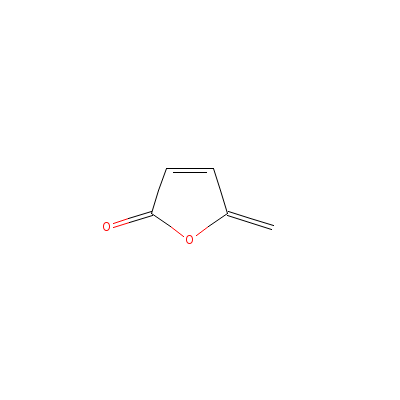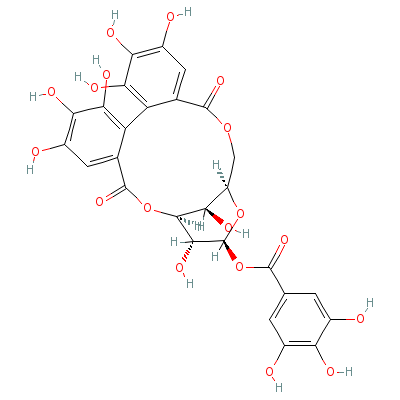| |
|
|
Botanical Name |
: |
Anemone pulsatilla L. |
English
Name |
: |
Pasque Flower, Wind Flower, Meadow Anemone, Passe Flower, Easter Flower. |
Family |
: |
Ranunculaceae |
| |
General Info
| Description |
 |
|
It has a thick and somewhat woody root-stock, from which arises a rosette of finely-divided, stalked leaves, covered with silky hairs, especially when young, the foot-stalk often being purplish. The flowers, which are about 1 1/2 inches across, are borne singly on stalks 5 to 8 inches in height, with an involucre of three sessile (i.e stalkless) deeply-cut leaflets or bracts. The sepals are of a dull violet-purple colour, very silky on the under surfaces. The seed- vessels are small, brown hairy achenes, with long, feathery tails, like those of the Traveller's Joy or Wild Clematis. |
| Herb Effects |
 |
|
Nervine, antispasmodic, alterative and diaphoretic |
Chemistry
| Active Ingredients |
 |
|
Anemonin, protoanemonin, tannin (plant) |
| Chemistry
of Active Ingredients |
 |
|
|
 |
Name |
CAS# |
IUPAC Name |
Formula |
Structure |
 |
|
| Anemonin |
508-44-1 |
Not Available |
C10H8O4 |

|
| Protoanemonin |
Not Available |
5-methylidenefuran-2
-one |
C5H4O2 |

|
| Tannin |
1401-55-4 |
Not Available |
C27H22O18 |

|
|
Pharmacology
| Medicinal Use |
 |
|
In disorders of the mucous membrane, of the respiratory and of the digestive passages, for catarrhal affection of the eyes, as well as for catarrhal diarrhoea, in the relief of headaches and neuralgia, and as a remedy for nerve exhaustion in women, relieves the frontal headache from nasal catarrh, nervous headache, particularly when due to gastric disturbances, with greasy taste, menstrual headache, with chilliness and suppressed menses, bilious and gastric headaches, of a dull and heavy character, with greasy taste and nausea, and headaches due to uterine irregularities or to a rheumatic diathesis |
Dealers
Products
|
|
|
|
|